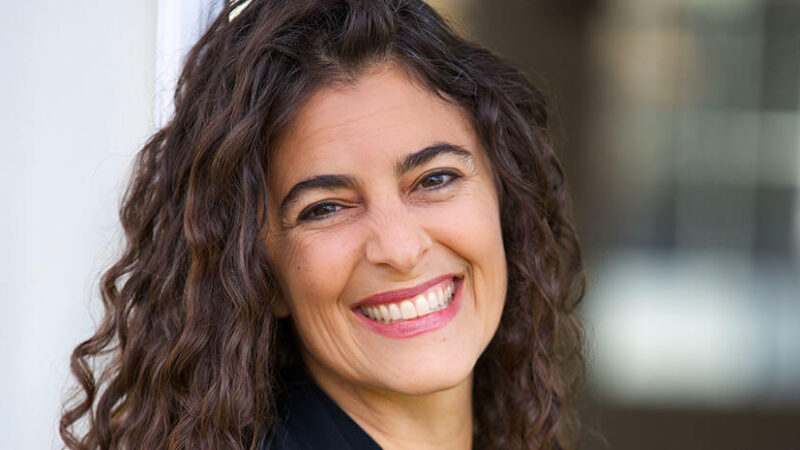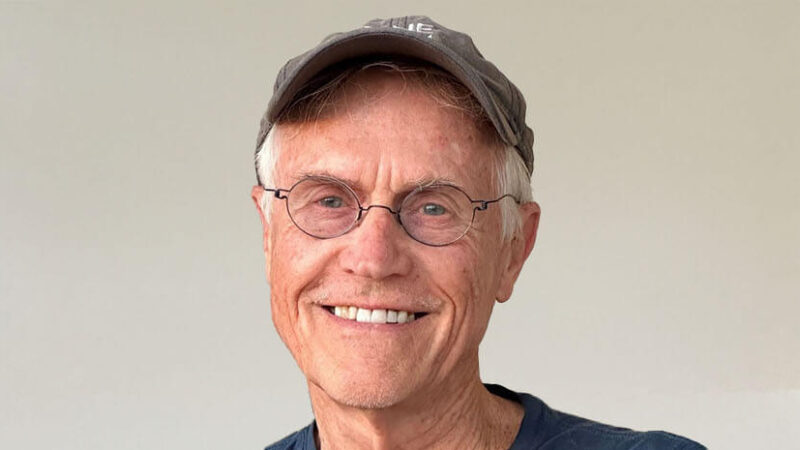How to Be Seen, Really Seen, in Front of a Camera
 Feeling vulnerable, exposed, or uncomfortable in front of a camera is perfectly normal. While we might pose confidently, it isn’t uncommon to be wondering what others will see about us. Why are we so frightened?
Feeling vulnerable, exposed, or uncomfortable in front of a camera is perfectly normal. While we might pose confidently, it isn’t uncommon to be wondering what others will see about us. Why are we so frightened?
Underneath our fear of being criticized, we are afraid of truly emanating from our cores—of sharing our brilliant and unique essence.
The problem is that we don’t know how to be seen.
WHAT ARE YOU HIDING?
The first thought that comes to my mind when considering this question is the well-known passage from Marianne Williamson entitled, “Our Deepest Fear.”’
“Our deepest fear is not that we are inadequate. Our deepest fear is that we are powerful beyond measure. It is our light, not our darkness, that most frightens us. We ask ourselves, Who am I to be brilliant, gorgeous, handsome, talented and fabulous? Actually, who are you not to be? You are a child of God. Your playing small does not serve the world. There is nothing enlightened about shrinking so that other people won’t feel insecure around you. We are all meant to shine, as children do. We were born to make manifest the glory of God within us. It is not just in some; it is in everyone. And, as we let our own light shine, we consciously give other people permission to do the same. As we are liberated from our fear, our presence automatically liberates others.”
—Marianne Williamson
Here’s what I take from this: When we let our own unique light shine, we can begin to understand our own truth.
The act of expression gives others permission to release their own inhibitions. Whether I’m in a session with someone, or out in the world, I am constantly reminded of this.
WHAT DOES IT MEAN TO BE SEEN?
Whether we’re pointing it at a person, a landscape or a building, a camera can reveal the truth. So—isn’t it time that you allow the camera to be your friend? What if the camera’s deepest desire is for you to be fully seen as the magnificent, radiant, talented and perfect person that you really are?
Perhaps you’d begin to regard the camera as an opportunity to be seen. Whether it’s by an intimate partner, our boss or the checkout person at the supermarket, being seen can make an entire day brighter. We all wish to be authentically recognized for our uniqueness; we all wish to be loved, just the way that we are.
Imagine how fearless you’d feel if, in every moment and throughout every situation in your life, you knew without a shadow of a doubt that every person you met fully saw your unique gifts, saw your wholeness. The floodgates would open and you’d be unstoppable. There would be no limiting thoughts in your awareness because you’d know that everyone truly sees and supports your grandest expression!
When we are present in our true spirit, nothing can break it. And what better way to practice that than by doing so in front of a camera? Stare at the lens and imagine it’s reflecting love, praise and devotion back to you. Imagine it’s the inside of your heart, winking at you. That may sound like a stretch, but it sure beats resisting the process every time. Take the exciting opportunity to be seen—really seen—in front of the camera.
ABOUT THE AUTHOR: CARL STUDNA

Carl Studna is a world-renowned photographer and videographer, inspirational
speaker, teacher and multi-award-winning author of the books CLICK! Choosing Love…One Frame at a Time and Evolution of Loving.
Over the past 30 years, Carl has been assigned all over the world to shoot CD and album covers, book covers, and other publicity platforms for musicians, teachers and authors such as Paul McCartney, George Harrison, James Brown, Jefferson Airplane, Eric Clapton, Elton John, Genesis, Kenny Loggins, His Holiness the Dalai Lama, Deepak Chopra, Tom Robbins, Ram Dass, Marianne Williamson and John Bradshaw, and his work has appeared in many prominent magazines, including Rolling Stone, Musician, Time and USA Today.
Carl received his Bachelor of Arts degree in Expressive Arts from Sonoma State University and his Masters degree in Spiritual Psychology from the University of Santa Monica, and is also a member of the esteemed Transformational Leadership Council, a group of leaders of personal and organizational transformation who support one another in their contributions to the world.
Click here to join a free video event with Carl Studna!




